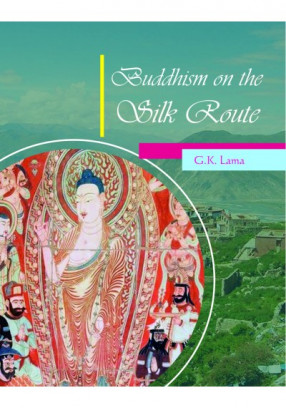Tibetan Pilgrimage: Architecture of The Sacred Land
The mountains of Tibet are studded with outstanding fortresses and Buddhist temples, dating as far back as 1,40o years ago. Built by skilled masons and draped in cloth spun by nomads, these religious and secular structures are magnificent and unique. Yet Tibetan architecture remains underappreciated, and many buildings are not widely known because of the difficulty and remoteness of the terrain.
Tibetan Pilgrimage: Architecture of the Sacred Land is the result of forty-five years of study by author and illustrator Michel Peissel. In twenty-nine expeditions—on foot and on horseback—Peissel journeyed to the farthest reaches of the Tibetan world to sketch extraordinary monasteries and clifftop palaces. With nearly a hundred exceptional watercolor illustrations, this book reveals the elegance, variety, and originality of Tibetan architecture in all its splendor.
Peissel tells the story of the creation of the Tibetan empire in the seventh century, the rise of Buddhism, and Tibet's slow decline as local kings, Mongol conquerors, and ambitious monks carved up the once mighty nation. The 195o invasion of Tibet by the Republic of China was followed by complete occupation in 1959. Over the years, the Chinese looted and destroyed thousands of monasteries.
However, Tibetan culture is still very much alive, from the Himalayas of Nepal to Mongolia, in regions that now appear on atlases as China, India, and Pakistan. New buildings continue to appear in traditional Tibetan styles, constructed according to centuries-old methods Tibetan Pilgrimage: Architecture of the Sacred Land at long last bestows on Tibetan architecture the admiration it so richly deserves.
Get it now and save 10%
BECOME A MEMBER








Bibliographic information